 During the Siege of Port Arthur by the Imperial Japanese, the Russian defenders sought innovative ways to turn the tables on the enemy. The Siege of Port Arthur (August 1, 1904 – January 2, 1905), the deep-water port and Russian naval base at the tip of the Liaodong Peninsula in Manchuria, was the longest and most violent land battle of the Russo-Japanese War.
During the Siege of Port Arthur by the Imperial Japanese, the Russian defenders sought innovative ways to turn the tables on the enemy. The Siege of Port Arthur (August 1, 1904 – January 2, 1905), the deep-water port and Russian naval base at the tip of the Liaodong Peninsula in Manchuria, was the longest and most violent land battle of the Russo-Japanese War.
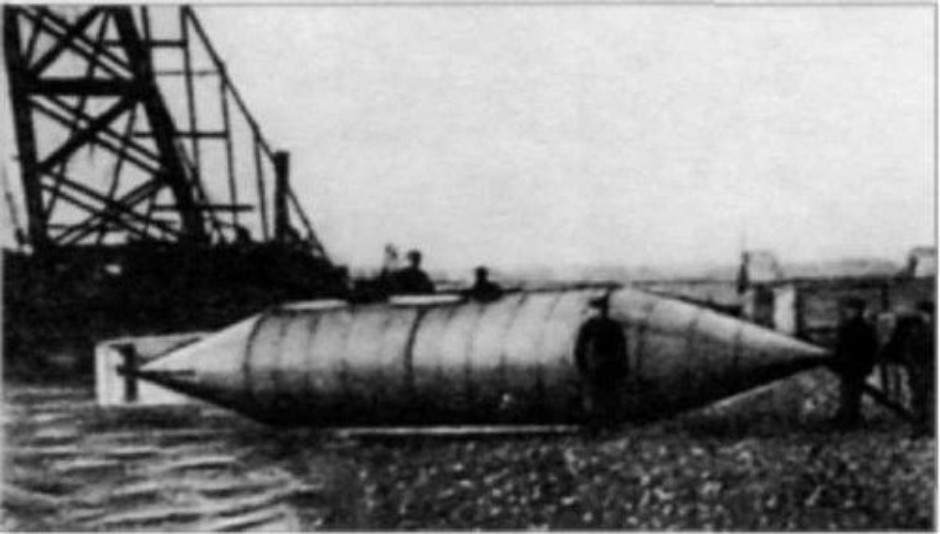
And a hand built submarine seemed like the answer! With the Russian battleships almost all sunk (The battleship Sevastopol was the notable exception, surviving five 11 inch shells and 124 torpedoes!) the navy was willing to consider newfangled Submarines which were growing in popularity at the time. A strong parallel to the Confederate defenders of Charleston can be made. Submarines, at the time uncertain weapons of war, represented a relatively cheap way to locally produce craft which could take on the enemy blockade. Submarines were however the preserve of creative and often eccentric engineers and although the Russian Navy tolerated the construction of the 25 ton Naletova submarine, they were reluctant to fund it. So it was built as a private enterprise by its designer, intent on proving his ideas.
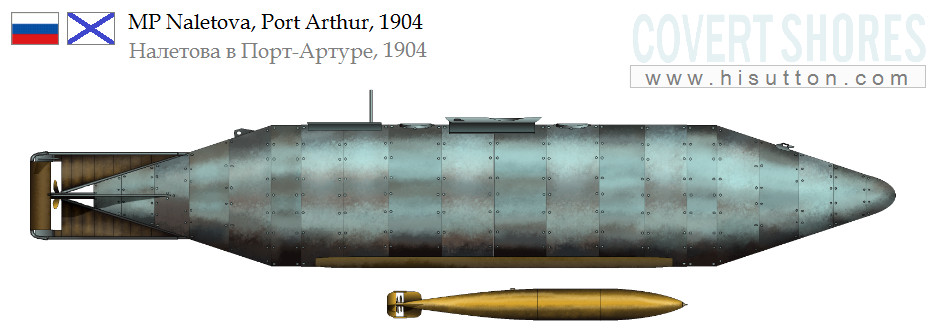
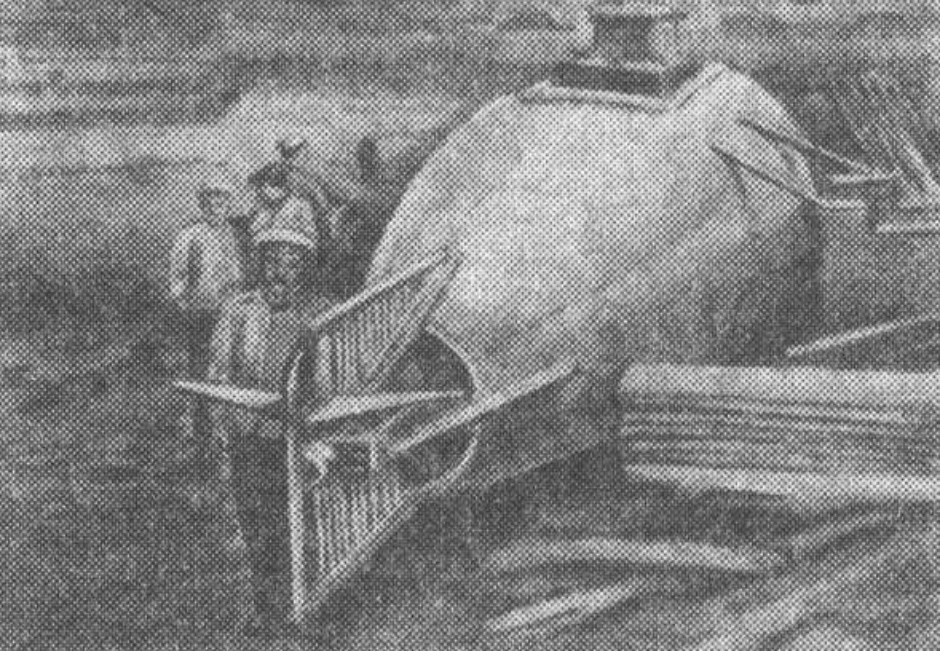
Not everything went to plan. During construction it soon became apparent that the hull was too small to contain a practical underwater propulsion system, so the plan switched to use the boats as a semi-submersible, running with just the top of the hull above the water. In this respect it was similar to the CSS David Class ‘torpedoes’ (nowadays torpedo-ram) used by the Confederate Navy in the Civil War.
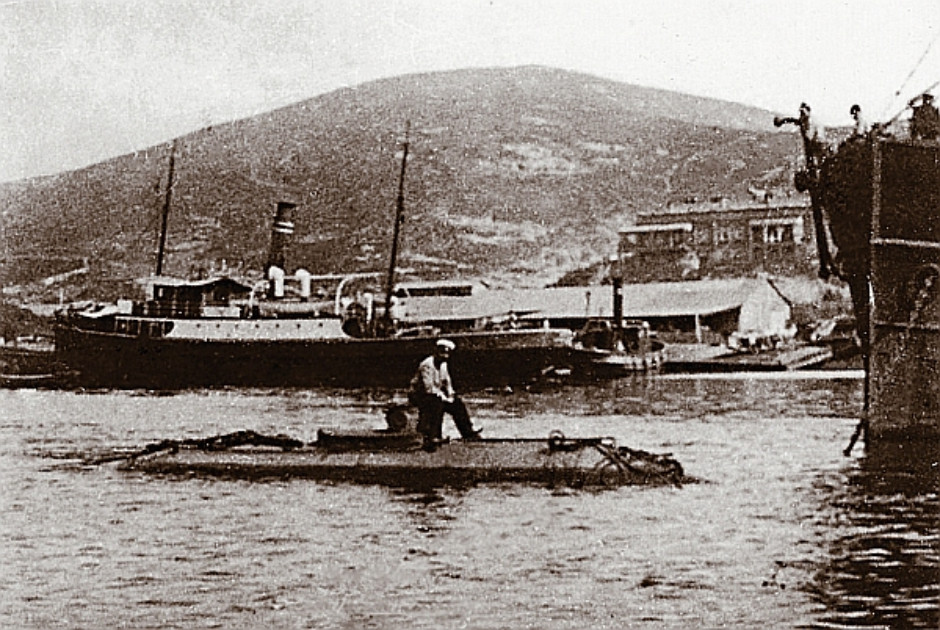

As a major step up on the Confederate types, armament was to be two German made Schwartzkopff 14” (350mm) torpedoes, or four mines. The Schwartzkopff torpedo was a copy of the British Whitehead type but featured bronze construction to improve corrosive resistance, which partially remedied the challenges of externally mounted torpedoes.

When Russian forces surrendered the sub was scuttled to prevent it falling into Japanese hands, but was later recovered by the victors.
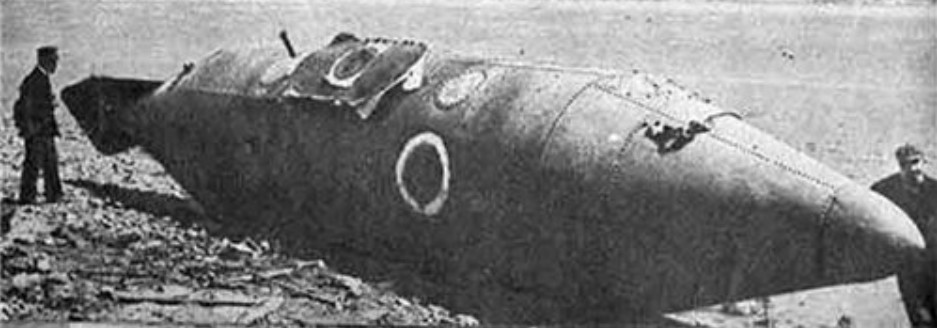
The wreck is examined by Japanese forces after the surrender of Port Arthur.
